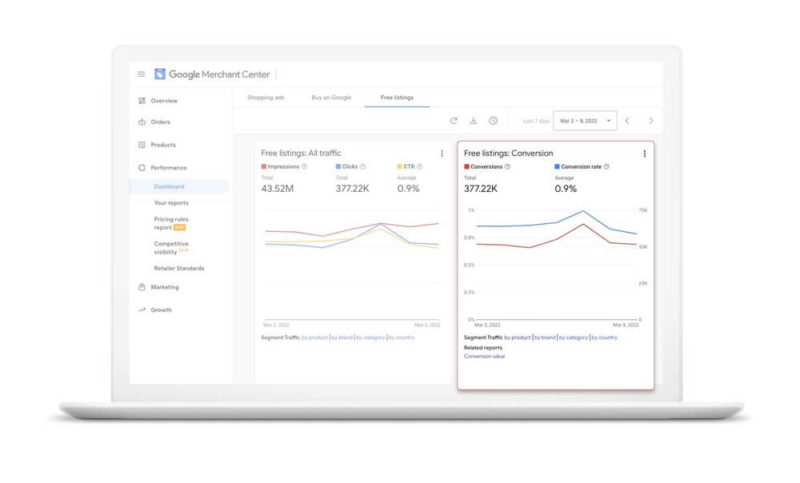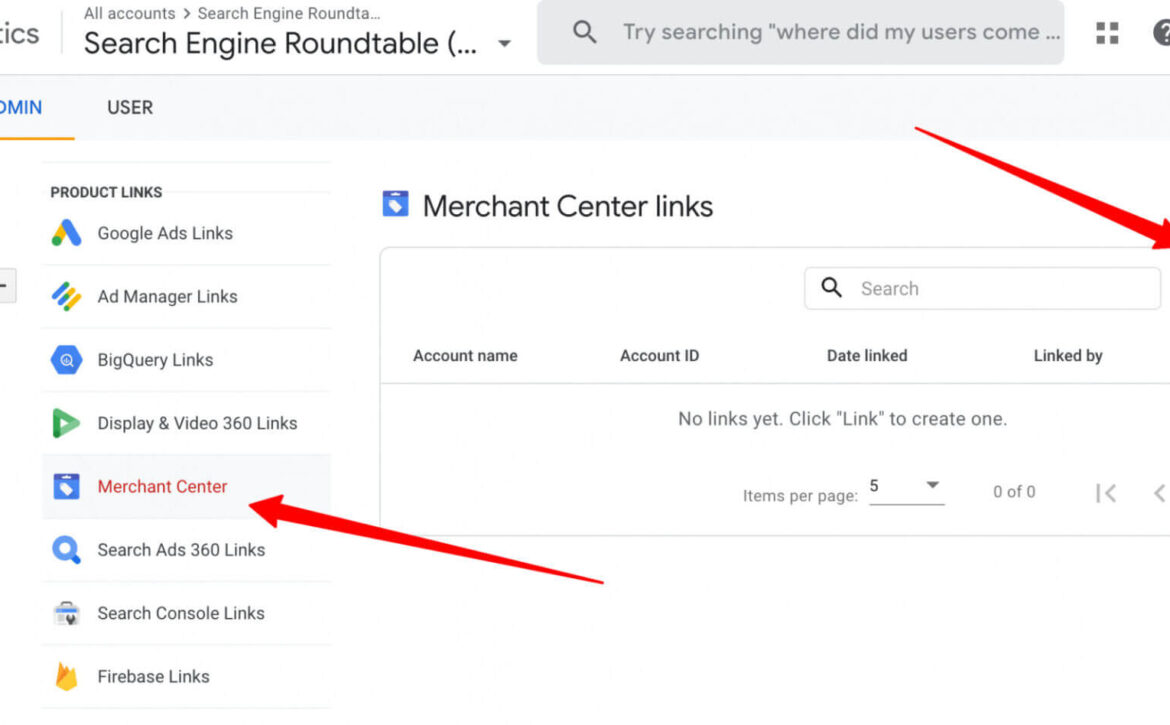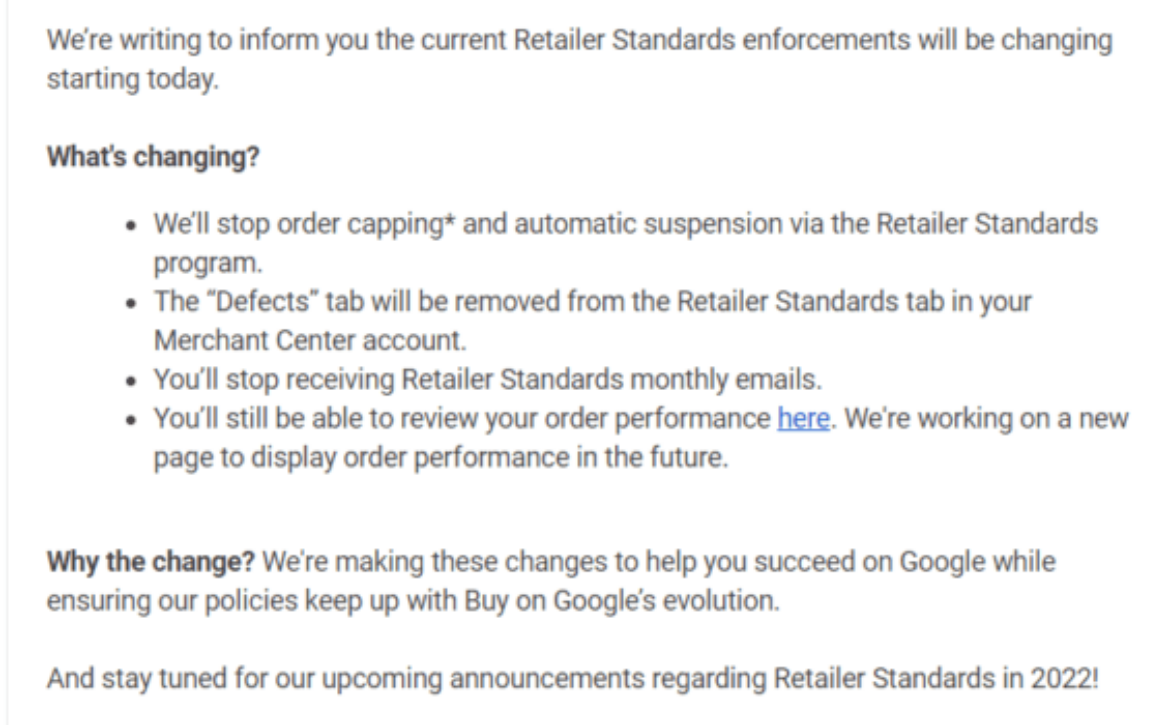Google Trusted Store badge for merchants with excellent shipping and returns services
Earlier we reported about the Google Shopping experience scorecard where Google said it would reward merchants that provide an “excellent customer experience” with “a boost in rankings,” “a badge” and “other benefits that will help consumers find your business,” within the Google Shopping tab in Google Search.
Google now announced this reward is through the “Trusted Store badge” that can be seen on free Google Shopping listings. Google said “merchants who provide excellent shipping and returns services, for example, may receive a badge indicating they’re a Trusted Store, which will appear alongside their free product listings on the Shopping tab.”
What the trusted store badge looks like. Here is a GIF of the trusted store badge in the Google shopping results:
The badge increases engagement. Google said the trusted store badge, “based on our early testing,” drive more clicks to the merchants listings, Google said they are “more likely to receive clicks.” Google also said the search company is “seeing stronger traffic to lesser-known merchants.”
How to earn the badge. Merchants receive a Trusted Store badge based on their performance across metrics relative to other merchants, including but not limited to shipping speeds, shipping and return costs, and return windows. We documented a lot of these metrics over here in our earlier coverage, but here is Google’s help document as well.
Launching in a few months in the US. Google said “the Shopping Experience Scorecard program and trusted store badge will roll out across the U.S. in the coming months.
New insights reports. To help merchants provide excellent customer service and to see how their product listings are performing. Google said “this new tool shows merchants the total traffic, impressions and conversion rate of their free listings, helping them make decisions about future ones.” Google will break down how well your product listings are doing, even with new conversion reporting on free listings. There is a pricing report to show you how your pricing competes with others in the market and reports on your top viewed products.
Here are some screenshots of these new insights reports:



Rings a bell. Does this trusted store badge ring a bell to you? Well, yes, a decade or so ago, Google had a free trusted store badge for merchants as well. This was more on the search ad side of the coin, whereas this new badge is for free product listings.
Why we care. Badges can help you generate more clicks on your listings, so it is worth looking into and gaining a badge if possible. The insights reports gives you more data on how your products are performing in Google Search and Google Shopping and how you compete with the current marketplace.
The post Google Trusted Store badge for merchants with excellent shipping and returns services appeared first on Search Engine Land.






